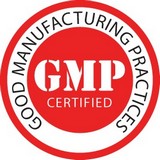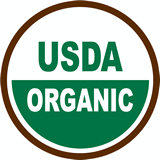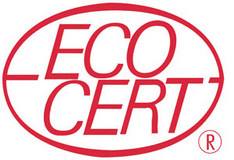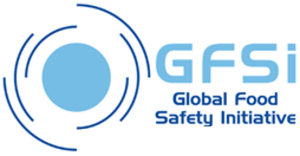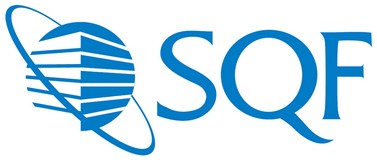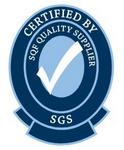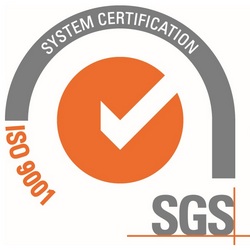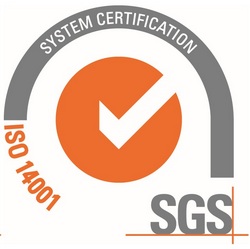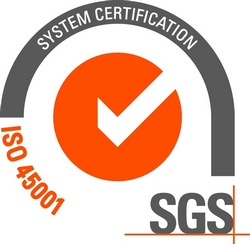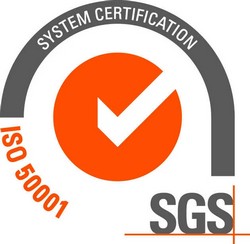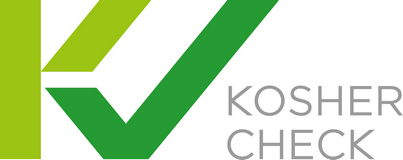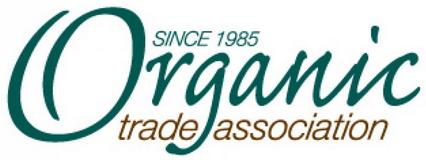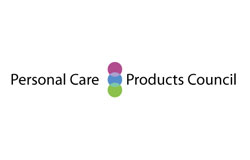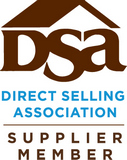Click HERE To Buy Hydroxychloroquine Online ↓
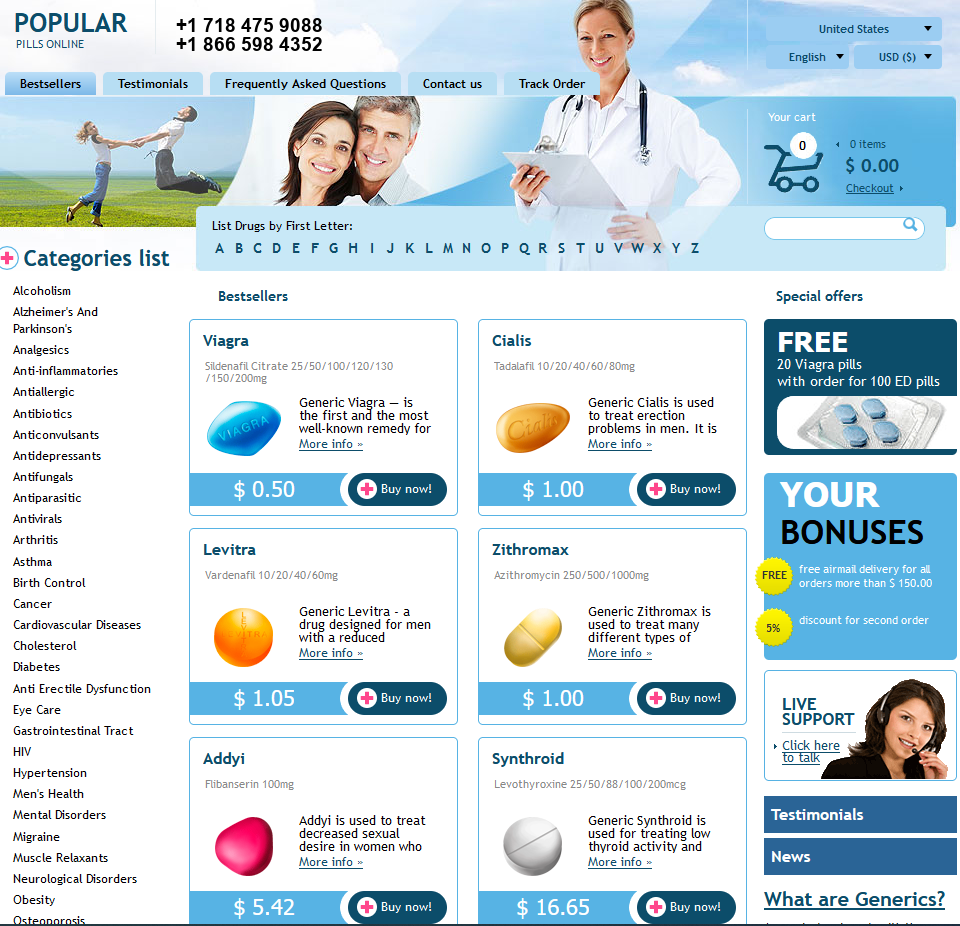 Mechanism of Hydroxychloroquine: How Does It Work?
Mechanism of Hydroxychloroquine: How Does It Work?
Origins: from Cinchona Roots to Modern Tablet
Seventeenth-century Jesuit missionaries watched Quechua healers steep bitter bark to calm high-fevered soldiers, a remedy soon ferried across oceans. European apothecaries christened its active alkaloid quinine, transforming tropical folklore into imperial lifesaver against malaria.
Over centuries, chemists isolated, modified, and eventually synthesized safer descendants.
| Year | Compound |
|---|---|
| 1820 | Quinine |
| 1934 | Chloroquine |
| 1955 | Hydroxychloroquine |
World War II shortages spurred American laboratories to mass-produce chloroquine; sailors demanded relief. Swapping a single hydroxyl group, researchers delivered hydroxychloroquine, a tablet capable of venturing beyond malaria into lupus, rheumatoid arthritis, and clinical virology experiments.
Cellular Entry: Slipping through Membrane Like Silent Spy

Picture a lipophilic agent stalking the cellular perimeter, searching for weakness. hydroxychloroquine exploits its mild fat-solubility to meld with the phospholipid bilayer, diffusing inward without fanfare. No transporters summoned, no energy wasted; its uncharged form simply dissolves into the membrane’s core.
Once inside, cytosolic acidity reprotonates the molecule, trapping it like a double agent behind enemy lines. Accumulation continues until vesicles open, ferrying the drug to endosomes and lysosomes where its pH-altering mission quietly begins in earnest over successive minutes.
Raising Endosomal Ph: Disarming Viral Fusion Machinery
Picture a virus enclosed in an endosome, poised like a burglar waiting for the lights to dim.
It depends on acidic surroundings to spring its fusion tools, melding envelope to membrane and spilling genetic loot, and unlocking entry with a near-perfect molecular heist.
Enter hydroxychloroquine, slipping inside and quietly raising the compartment’s pH, turning the dark vault into a brightly lit room.
Without low pH, viral spikes misfire, membranes refuse to merge, and replication stalls, buying immune defenders crucial hours.
Immunomodulation: Taming Cytokine Storms Without Collateral Damage

When an infection triggers alarm bells, macrophages and T-cells rush in like overzealous firefighters, spraying pro-inflammatory cytokines everywhere. That biochemical deluge can flood lungs and organs, threatening more damage than the pathogen.
Researchers discovered hydroxychloroquine slips into immune cells’ lysosomes, stabilizing their acidic cores. This subtle change disrupts toll-like receptor signaling, the molecular sirens that command armies of interleukin-6 and tumor necrosis factor to assemble.
With those sirens muffled, downstream transcription factors like NF-κB stay idle, so gene expression for inflammatory proteins drops. Complement activation is likewise tempered, sparing tissue from the oxidative shrapnel of overactive neutrophils.
Importantly, the medication lets protective pathways keep humming: antigen presentation proceeds, antibodies form, and viral clearance continues. By ratcheting down excess signals instead of silencing immunity wholesale, patients gain calm, not crippling immunosuppression.
Antithrombotic Twist: Preventing Microclots in Inflamed Vessels
Amid inflamed blood vessels, platelets behave like overcaffeinated bees, swarming to lay down sticky fibrin honeycomb. hydroxychloroquine slips into this frenzy and whispers restraint, blocking platelet activation signals and reducing the display of pro-coagulant phospholipids on endothelial surfaces.
Simultaneously, the drug dials back neutrophil neutrophil extracellular trap formation, thinning the web in which red cells get ensnared. By stabilizing lysosomal membranes, it curtails tissue factor release, allowing blood to keep moving like a calmly flowing river quietly after a storm.
| Target | Action | Outcome |
|---|---|---|
| Platelets | Inhibits activation | Less aggregation |
| Neutrophil NETs | Reduces formation | Lower clot scaffold |
| Endothelium | Decreases tissue factor | Smoother flow |
Clinical Controversies: Balancing Promise, Evidence, and Precaution
Hailed early in the pandemic as a potential game-changer, hydroxychloroquine quickly became a flashpoint where anxious patients, hopeful physicians, and urgent headlines collided. Initial in-vitro victories and small uncontrolled trials fueled prescriptions that often outpaced rigorous peer evaluation.
Subsequent randomized studies dimmed the excitement, showing modest or absent benefit while spotlighting cardiac risks, particularly QT prolongation. Regulatory bodies scaled back emergency authorizations, yet researchers still probe niche roles—early outpatient therapy, autoimmune flares, or resource-limited settings—under ongoing stricter monitoring. NEJM WHO

